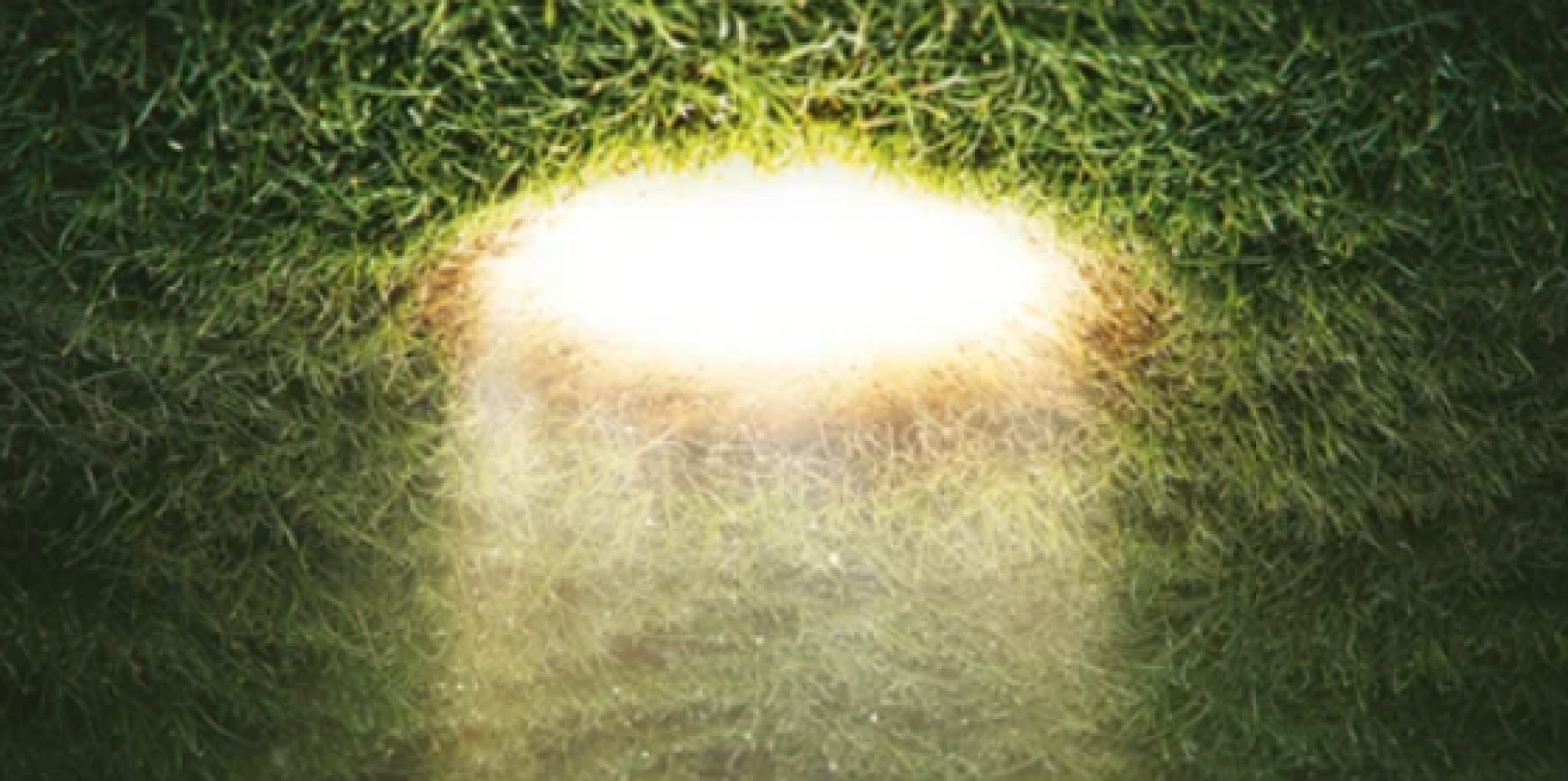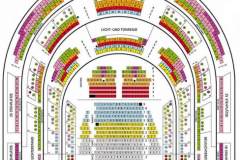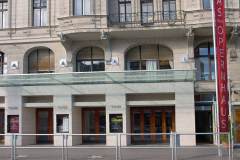Alice in Wonderland
November 2025 | ||||||
|---|---|---|---|---|---|---|
Mo | Tu | We | Th | Fr | Sa | Su |
In English with German and English surtitles
Introduction to the work 30 minutes before curtain-up
In cooperation with WienModern
Opera in eight scenes | Reduced orchestration by Lloyd Moore (2011-12) in association with the composer
Libretto by David Henry Hwang and Unsuk Chin, based on Lewis Carroll’s Alice in Wonderland and Through the Looking Glass
Austrian premiere
Alice falls down a rabbit-hole, deeper and deeper, as if plumbing the endless depths of her own self. Unsuk Chin’s opera Alice in Wonderland, first performed in 2007, revolves around the central question, “Who am I?” In this Wonderland, Alice encounters the permanently harassed White Rabbit, lands in a pool of tears with curious creatures, receives advice from a caterpillar, attends the Mad Hatter’s tea party and is made to give evidence in court by the cruel Queen of Hearts. The question of “Who am I?”, as simple as it is philosophical, leads Alice less to enlightenment than to more and more new questions. The Korean composer Unsuk Chin arrived in Hamburg in 1988 as a pupil of György Ligeti and is one of the most celebrated composers of modern times. In 2024 she won the Ernst von Siemens Music Prize, which is considered the “Nobel prize for music”. Her music deliberately defies labelling as a particular style, focusing instead on tone colour, light and dreams. In Alice in Wonderland, first performed in 2007 and her first opera, Unsuk Chin draws on a wide variety of styles, incorporating a great deal of humour and creating a fascinating kaleidoscope. Alice’s encounters become surreal dreamlike visions, far removed from anything resembling a fairy tale. Director Elisabeth Stöppler, making her debut at the MusikTheater an der Wien, embraces the work’s dreamy logic and tells the story of Alice in Wonderland as one person’s interminable encounter with herself.
Program and cast
Conductor: Stephan Zilias
Director: Elisabeth Stöppler
Stage Design: Valentin Köhler
Costume Design: Su Sigmund
Light Design: Elana Siberski
Dramaturgy: Kai Weßler
Alice: Álfheiður Erla Guðmundsdóttir
Weißes Kaninchen / Märzhase / Dachs: Andrew Watts
Maus / Pat/ Haselmaus / Köchin / Unsichtbarer Mann: Marcel Beekman
Herzogin / Eule: Helena Rasker
Grinsekatze: Juliana Zara
Herzkönigin: Mandy Fredrich
Verrückter Hutmacher / Ente: Ben McAteer
Alter Mann I / Junger Adler / Fisch-Lakai / Falsche Suppenschildkröte / Herzbube: Henry Neill
Alter Mann II / Hummer / Frosch-Lakai / Herzkönig: Levente Páll
ORF Vienna Radio Symphony Orchestra
Arnold Schoenberg Choir (Conductor: Erwin Ortner)
Gumpoldskirchen Spatzen (Conductor: Katja Kalmar)
Theater an der Wien
About the Theater an der Wien
The New Opera House is not just any theatre, but the one that Emanuel Schikaneder, the all-round genius, actor, impresario with a flair for organization but above all librettist of The Magic Flute, had built in 1801 in Vienna in keeping with the spirit of Mozart.
To coincide with the 250th anniversary of Mozart’s birth the Theater an der Wien presents itself as a new opera house from January 2006. As a “season” opera house with productions all the year round the Theater an der Wien carves a new and independent niche in the realm of high-quality culture in Vienna. For twelve months of the year, with one premiere every month, opera will be performed under the “stagione”, or season, system: that means the cast remains unchanged from the first performance to the last one, which guarantees that the very highest international standards are maintained.
The theatre’s modern, accessible approach to music theatre as demonstrated by the works performed, the overall artistic concept Bespielung and the artistes is further underlined by the building itself, its architecture and the vibrancy of its location. The surroundings and materials, the intimate atmosphere and perfect acoustics in the historical theatre prepare the senses to experience beauty. The Theater an der Wien deliberately enters into a symbiotic relationship with its lively surroundings on the Naschmarkt street market and the young cultural scene centred in the Schleifmühl quarter.
How to get there
With public transport:
We can be reached by public transport:
U1, U2 und U4 Station Karlsplatz, Exit Secession
Bus 59A Station Bärenmühldurchgang
Bus 57A Station Laimgrubengasse, pedestrians via Laimgrubengasse to Linke Wienzeile
KAMMEROPER:
Fleischmarkt 24, 1010 Wien
We can be reached by public transport:
U1, U4: Station Schwedenplatz
Tram Linie D (bei Ablenukung über Kai), 1, 2: Station Schwedenplatz
Bus 3A (on workdays)

 EN
EN DE
DE IT
IT FR
FR ES
ES RU
RU JP
JP RO
RO
 Seating plan
Seating plan 